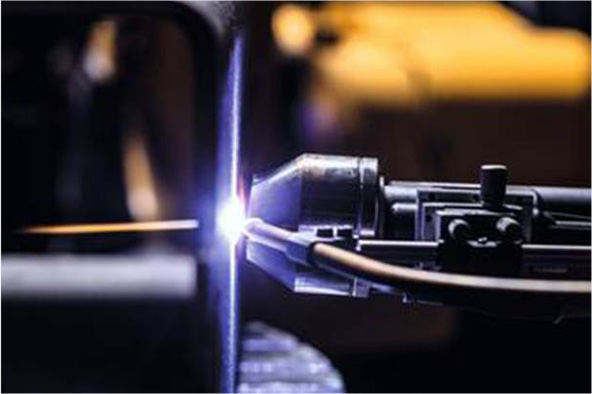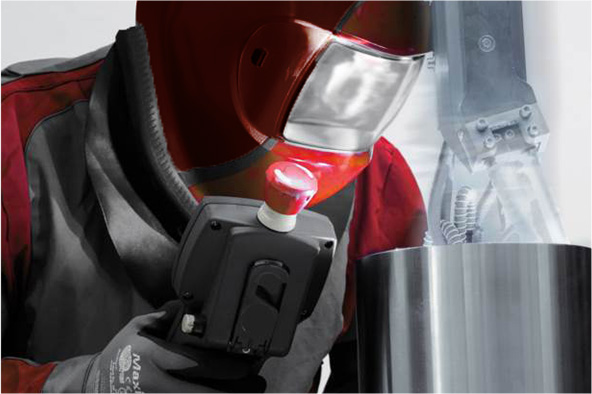Pure Tungsten Green(WP/EWP):
Non-Radioactive. Good for use in AC for aluminum alloys and magnesium alloys in low to medium amperage applications. Balls easy, tends to spit at higher amperages. Used for non-critical welds only.
2% Thoriated Red(WT20/EWTh-2):
Radioactive. Best for use in DC applications. Best for use on non corroding steels, titanium alloys, nickel alloys, copper alloys. Good D/C arc starts and stability, medium erosion rate, medium amperage range, medium tendency to spit.
2% Lanthanated Blue(WL20/EWLa-2):
Non-Radioactive. Best general purpose electrode for both AC or DC applications. Good for low-alloyed steels, non corroding steels, aluminum alloys, magnesium alloys, titanium alloys, nickel alloys, copper alloys. Good arc starts and stability, medium to high amperage range, low erosion rate.
2% Ceriated Gray(WC20/EWCe-2):
Non-Radioactive. Best for use in AC or DC applications. Good for low-alloyed steels, non corroding steels, aluminum alloys, magnesium alloys, titanium alloys, nickel alloys, copper alloys. Good ignition and re-ignition properties, long service life, excellent arc stability. Low erosion rate, best at low amperage range, no spitting, good D/C arc starts and stability.
0.8% Zirconiated White(WZ8/EWZr-8):
Non-Radioactive. Best for use in AC for aluminum alloys and magnesium. Balls well, handles higher amperage than pure tungsten with less pitting, better arc starts and arc stability than pure tungsten.







